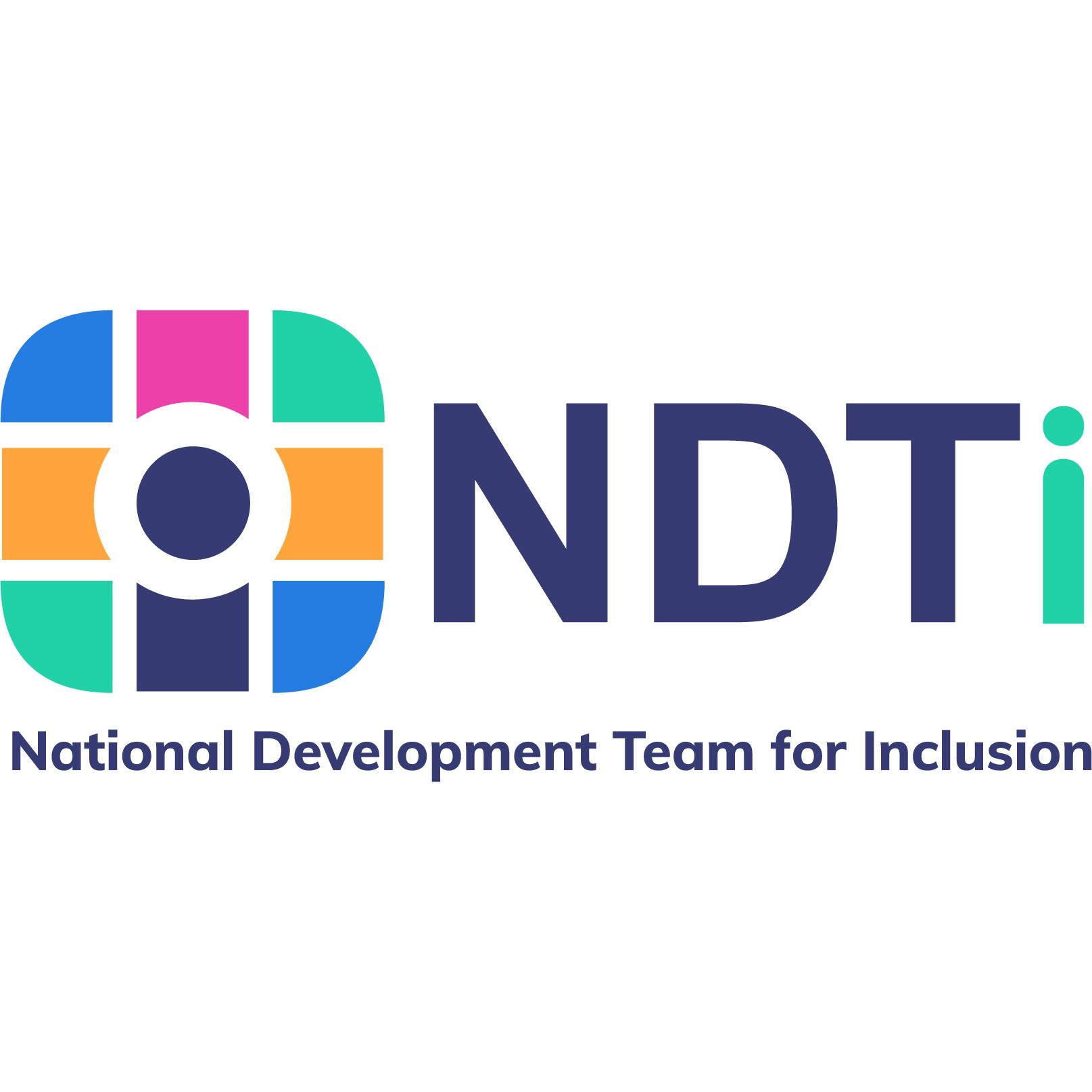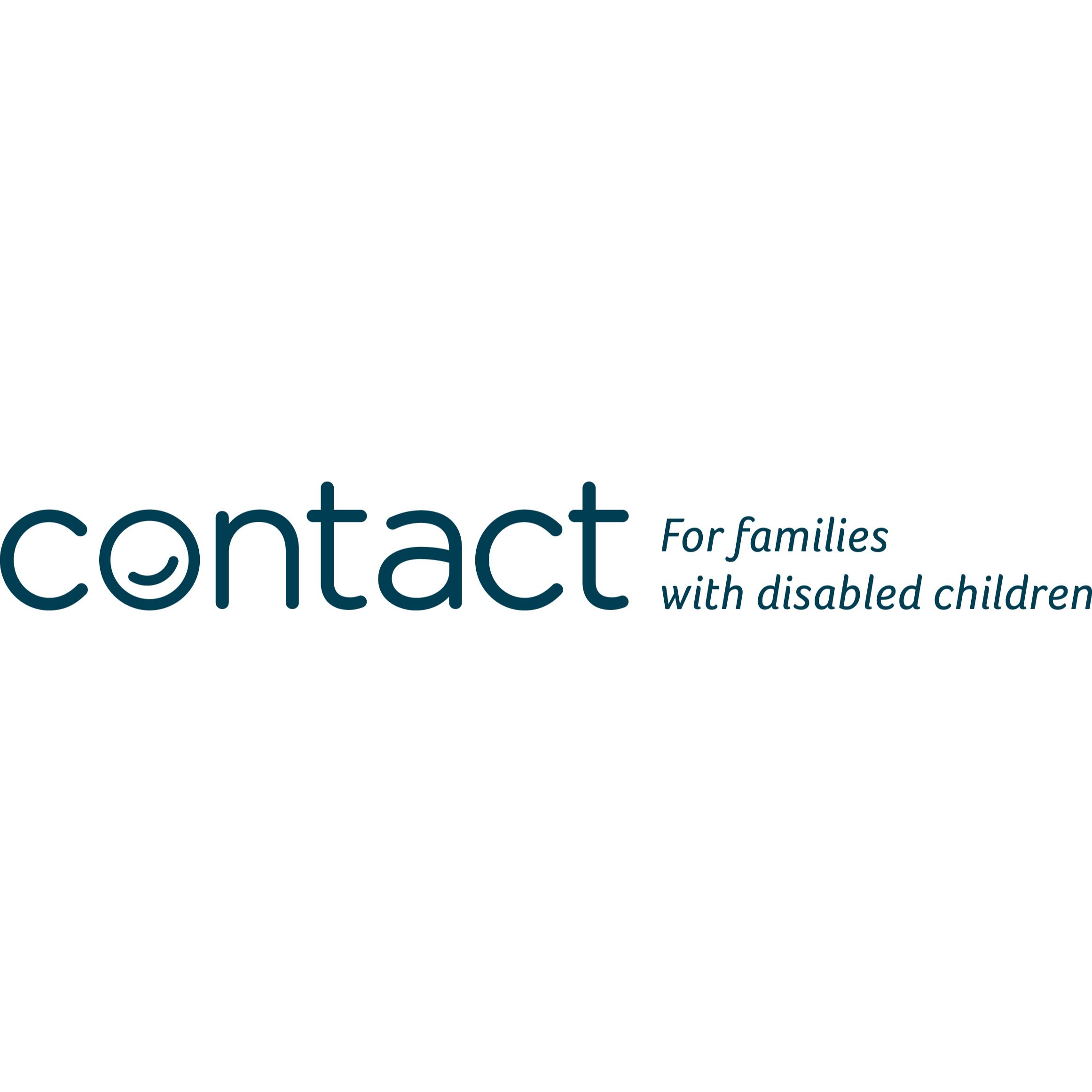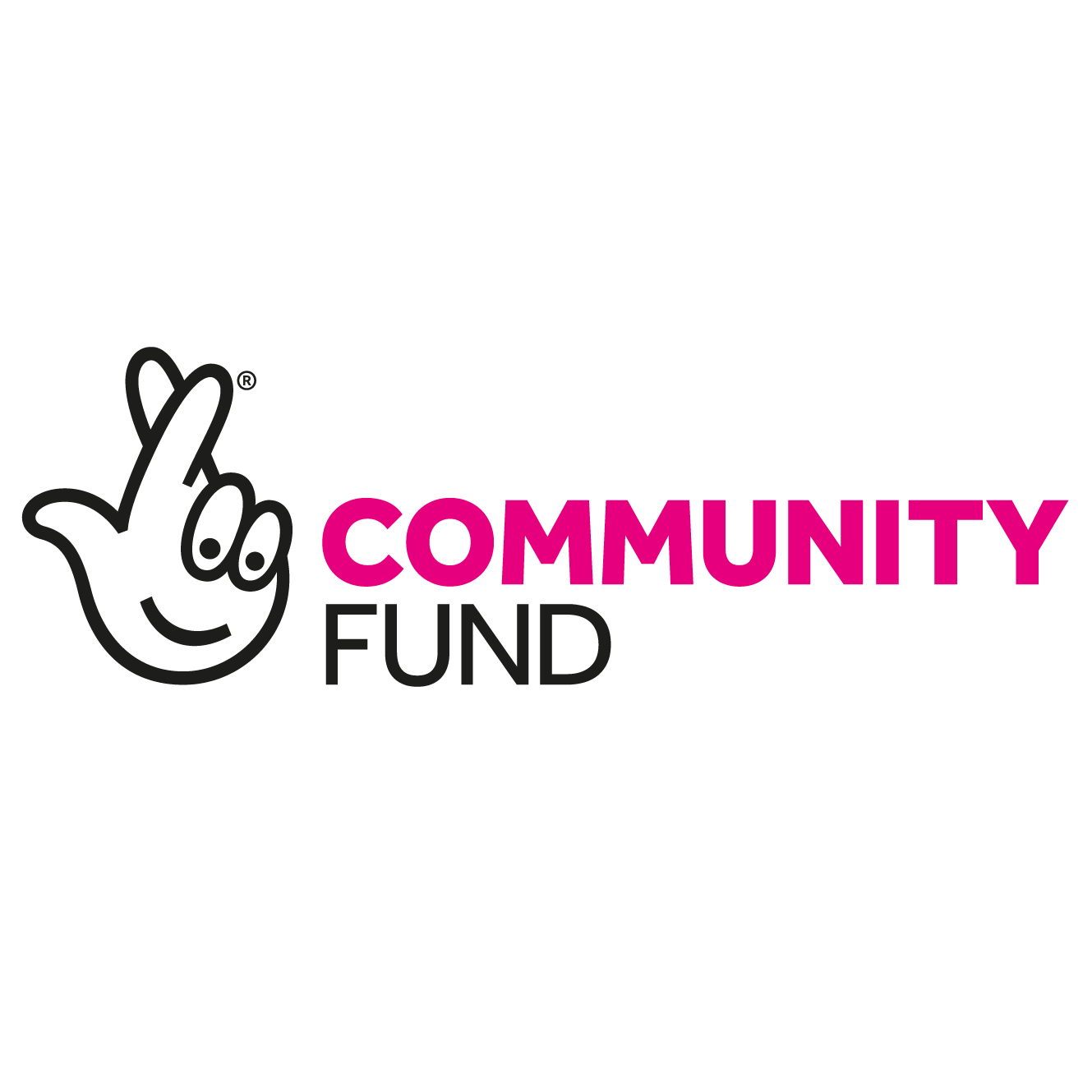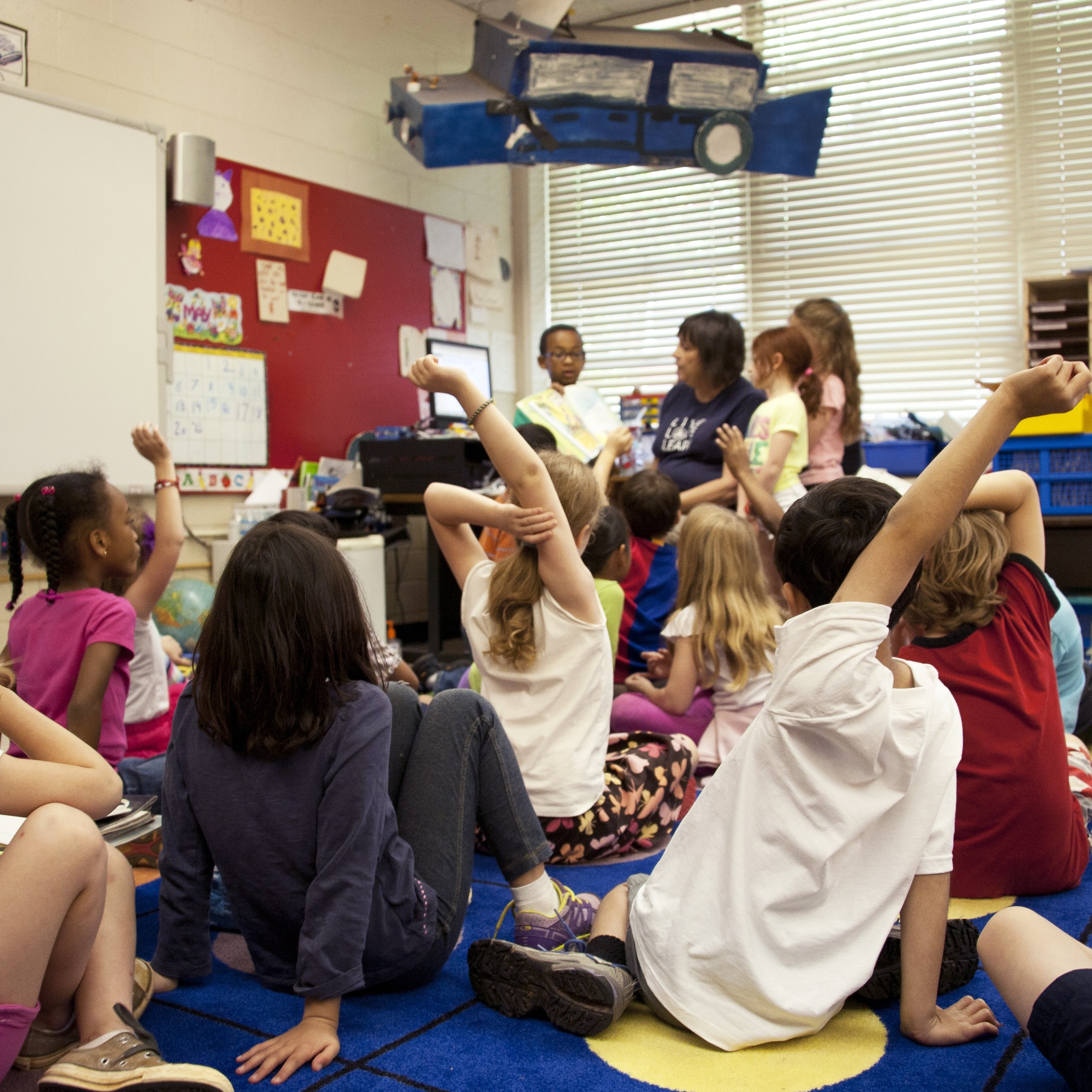One step at a time
18 May 2023
Our Head of Services, Billy Anderson, reflects on a pilot project to provide better support for young people with additional support needs as they make transitions in education.
First steps
I started in my current role in April 2022 and soon after I met with Alice from the National Development Team for Inclusion (NDTi) to discuss a pilot they’d run in England during lockdown. NDTi was now being funded to continue this work and, along with Children in Scotland and Contact, had made a successful partnership bid to the National Lottery Community Fund to deliver a one-year pilot of the service in Scotland. I was excited to hear more about how it was going to work.
When the partners met for the first time it was reassuring that we all shared the same vision, and the same understanding and compassion for providing high quality, person-centred support in relation to transitions for young people with additional support needs.
I remember talking about how I had been involved in “transitions” work with young people for the best part of 20 years in various ways and how it felt that things hadn’t really moved on a great deal. In recent years however, I had steeped myself in person-centred thinking and planning and had learned that there is a distinct difference between using that terminology and putting it into practice.
To fully commit to genuine person-centred approaches, you need to immerse yourself in the methodology, tools and practice. I could see from the work that NDTi had been doing in England that they had developed a range of person-centred resources, visual resources and accompanying tutorials, along with examples of these being used with people. This was when I knew that we could make a difference for young people and their families; I was working with organisations who spoke my language, the language of person-centred planning or, at its roots, John O’Brien’s “Five Dimensions of Inclusion”.
Next steps
The pilot project offered one to one conversations with young people and support for parents. In order to deliver it nationally it was essential that we had the right people, with the right attitudes to ensure the right experience for anyone requesting support.
We had expert leadership and experience from NDTi, we had expert knowledge and experience from Contact in relation to parents and carers, but we needed Children in Scotland to identify the individuals who could connect with the young people. I use the term identify here rather than recruit and this difference was essential for me.
When working with young people it is not good enough to simply recruit into a role, you need to know these people, what drives them, what their value base is and what their ability to connect with compassion and empathy is. This was underlined by early “Coproduction” sessions with young people which also drew on existing young person led reports. Friends of the pilot the “Divergent Influencers” were central to these sessions. Some of the key messages coming from young people were around connections and relationships when talking about transitions. These roles needed to be filled by the right people.
I identified people I had worked with over the past 20 years, who met our criteria for engagement with young people and they became “Associates” who delivered the sessions with anyone requesting support. Each one of them brought their whole selves to the role and some amazingly different skills that were adapted, shared and responsive to each young person’s requirements. Visual thinking tools were used predominantly but there was also the flexibility to just listen or talk when it was needed.
Often seen as a gimmick, visual recording of conversations as an effective tool for planning is vastly underrated. The difference that this approach can make for young people in unravelling the tangle of past, present and future that combine during transitions has been powerful. Drawing people’s words, experiences and emotions can help slow down the incredible speed at which the transition conveyor belt tends to channel young people into areas they haven’t chosen. It helps them, and their parents and carers too, as all too often these conversations are rushed, part of a linear process or simply don’t take into account the complexity of people’s lives as a whole.
Time to Talk Next Steps Scotland is a project that I am so proud to have been a part of. All the partners look forward to sharing the learning with those who have an interest in listening with open hearts and minds. Transitions are messy and tangled, but Time to Talk Next Steps has shown that they can be approached in a way that works for the whole family.
Thank you to every young person and family we have worked with for letting us into your lives. Huge appreciation goes to our Associates (you know who you are!) and a huge thank you in solidarity with our partners and funders.
Click here for more information about a free webinar on Monday 12 June 2023, 2pm-3pm focusing on learning from the pilot

About the author
BIlly is Head of Services, overseeing services providing advice and representation for children and families
Click here for more
Time to Talk Next Steps Scotland
The project, a partnership with NDTi and Contact, was announced in February
Click here for more


National Lottery Community Fund
Find out more about the Fund and the work it supports across the country
Click here for more
Projects
Explore the wide range of work we undertake to support children and families
Click here for more